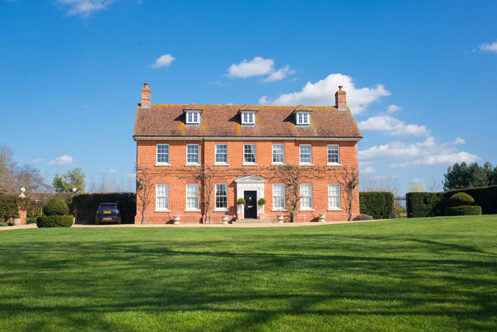
The biggest period property trend at this year’s Listed Property Show was tweed. It was a similar story for the properties themselves, with a focus on heritage building techniques and materials, the buzz word being breathability. This concept of breathability is backed up by Douglas Kent, from The Society for the Protection of Ancient Buildings, who likens new builds to raincoats that are non-porous and period properties to overcoats that allow a certain degree of moisture in that then evaporates out.
For the 5.5 million historic buildings in the UK, undoubtedly the biggest problem faced by their owners is condensation. Pre-1919 properties were designed to circulate air to ventilate the property, but the reality is that they were intended to be draughty. Chances are that if you don’t have a draughty period property you have a condensed one.
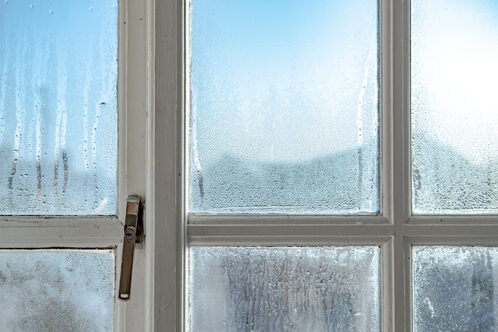
Tips for how to get rid of condensation
Condensation is a common problem in older buildings. It occurs when a property isn’t able to breathe – often caused by misplaced draft proof initiatives. Period homes weren’t built with damp-proof courses (DPC). Providing there is adequate ventilation, this doesn’t cause a problem in itself, but when a property isn’t properly ventilated cold-bridge condensation can occur at the bottom of external walls – often mistaken for rising damp.
Causes of condensation include uPVC windows that don’t have adequate ventilation, blocked up fireplaces, washing and drying clothes inside and a lack of extractor fans in bathrooms and kitchens (period properties weren’t built with power showers in mind).
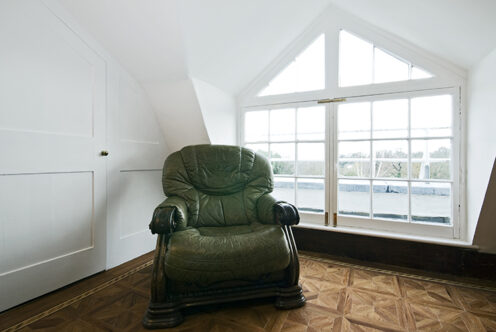
The key to a comfortable home is air circulation. Far from making the property colder, keeping air circulating will remove excess moisture from the air – reducing damp and condensation problems. Ventilation bricks and extractor fans are essential modern alterations required in historic buildings that are inhabited by 21st century occupants. The consequences of a lack of ventilation can cause costly damage to the structure of the property, with the first signs of damage being peeling wallpaper, failing plaster and rotting window frames.

If properly maintained, wooden window frames can last for centuries. Their design allows them to be taken apart and repairs made to any areas of rotten timber without the need to replace the entire unit. If neglected, especially in the case of sash windows that are designed with a gap around the frame to contain the mechanism, they will become increasingly draughty.
Preserving wooden frames means regular maintenance, replacing any damaged timber and repainting the frames every 5-8 years. Taking good care of the frame will limit draughts and modern draught-proofing window systems, such as Ventrolla, can fill the gaps around the frame and reduce draughts and energy wastage by up to 30%. Bear in mind that you don’t want your windows to be 100% draught proof, as you want to maintain a moderate level of air circulation.
In the case of many listed buildings, the original windows should be preserved where possible. If they do need to be replaced many planning officers will insist on replacing them with like-for-like windows and therefore double-glazing won’t be an option. Companies like Repair Care and Ventrolla specialise in renovating neglected windows. This is often a lot cheaper than replacing the entire unit which will cost around £1,500 per window.
If your local planning office will allow you to install double glazing, make sure the windows have vents fitted or you’ll risk condensation and all the damage that it entails.
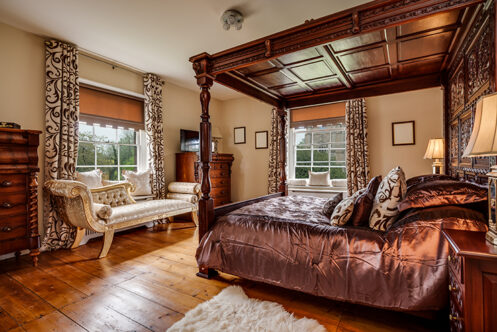
Air bricks are there for a reason, don’t cover them up! If your fireplace has been blocked up, you need to make sure a ventilation grill has been installed. Modern appliances such as cookers and showers also require modern solutions to prevent a build up of condensation. The size and location of the room and the type of appliance will determine the spec of the extractor fan you require – make sure you consult a builder as the fan will need to comply with building regulations.
Other everyday (free) tips to reduce condensation include: refraining from air drying clothes inside, turning your thermostat down by 5 degrees to reduce the amount of water suspended in the air and leaving a window partly open.
If your period property requires maintenance, it’s extremely important to hire a tradesman who has experience working on period and/or listed properties. An experienced tradesman will be able to help you with the rules and regulations (red tape) that surround listed properties and make sure that yours is still standing in centuries to come. Post your job here to be put in touch with tradespeople in your local area. Be sure to check out their profile pages for examples of previous work and recommendations and ratings from previous customers.


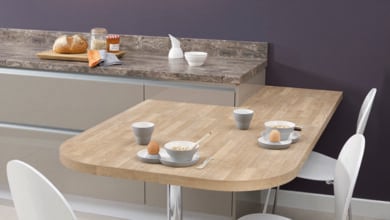
Those images are amazing. Great use of space, would you think a touch of green would also improve the spaces?
We used envirovent for our condensation problem, tried everything and this sorted it out in a couple of days. Dave.